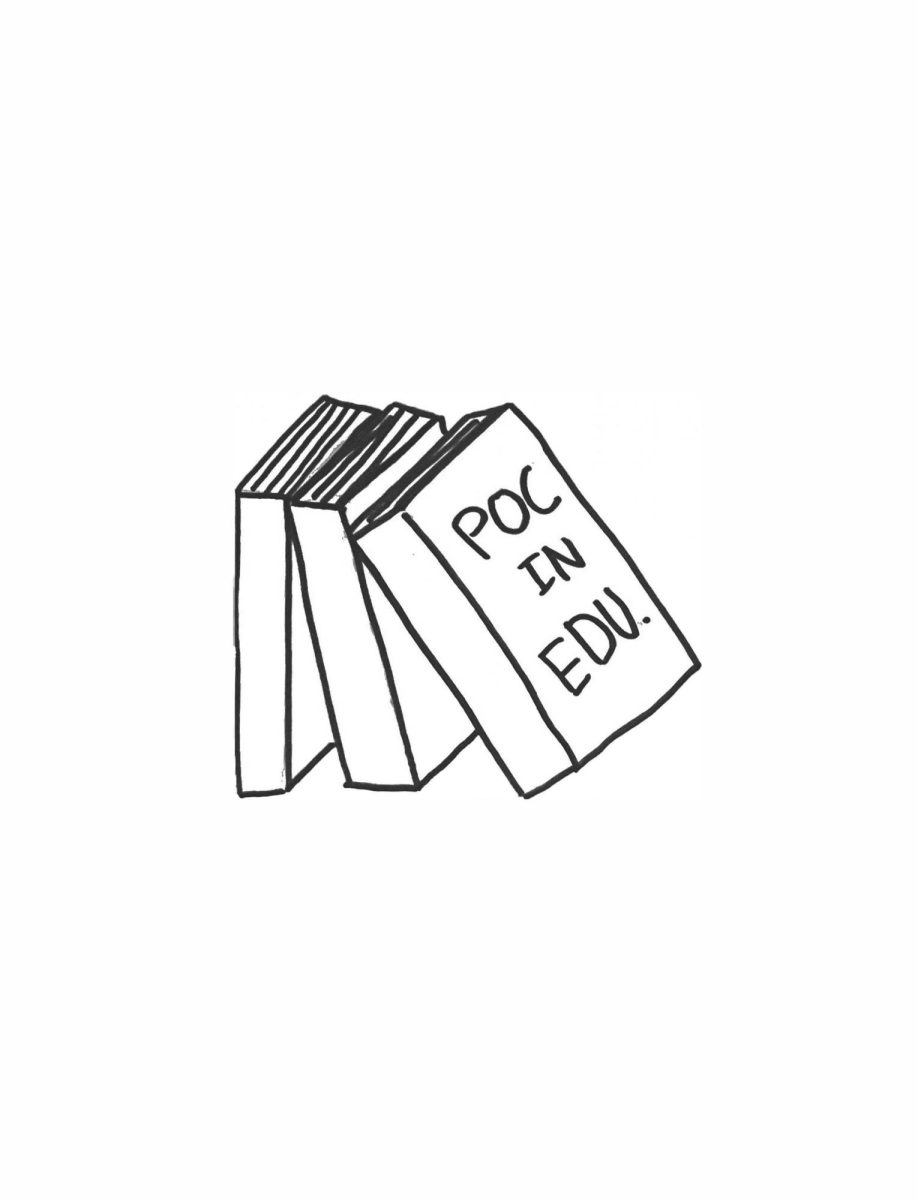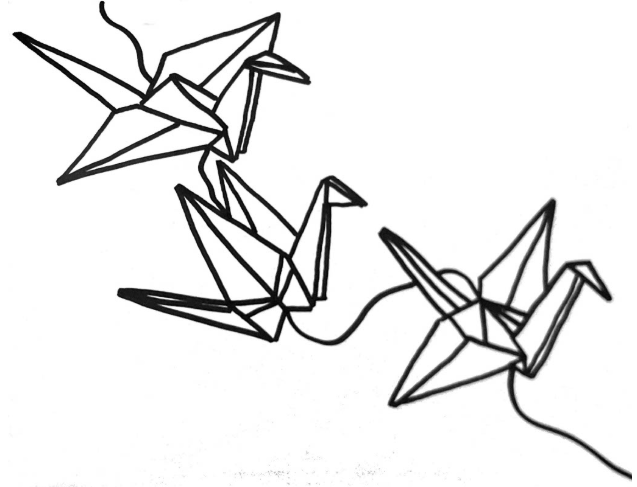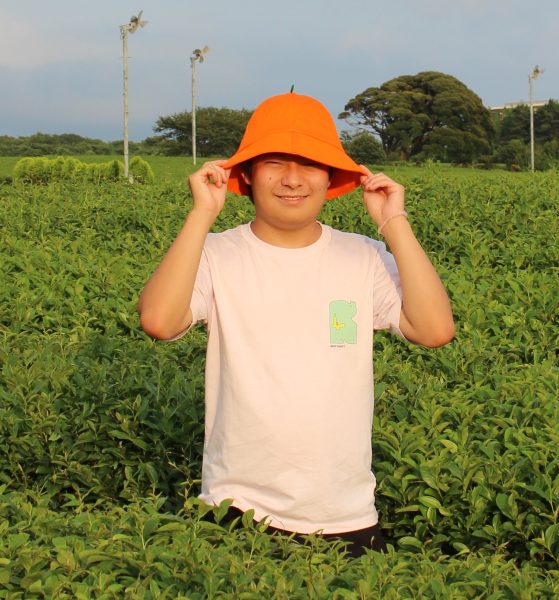Garfield’s student body is diverse, but some students feel that the topics they learn in the classroom and the community that teaches them doesn’t represent Garfield’s diversity.
Senior Gisselle Ramirez, who identifies as Mexican American, feels as though her identity is “not very shown” in the Garfield curriculum. Throughout her education, Ramirez said, “Overall there’s not much about anything of [my] culture that’s been talked about.” The exception being her 11th-grade ethnic studies class, a class that is not required at Garfield. In most classes, students learn from a curriculum that does not represent diverse communities. Ramirez states that this is “just sad because a lot of people want to part away from that community” because they feel a disconnect between their culture and their surroundings. “Some of my friends and my family members don’t want to be known as Mexican American,” Ramirez shared. Instead they “want to Americanize themselves because they’re not represented.” When Ramirez took the Spanish Heritage class that was offered at Garfield, she acknowledged that through the class she “learned a lot of [their] history” but it’s unfortunately “completely different from the other Spanish classes” where they don’t learn as much about Latino and Mexican American history.
Ramirez also wished there were “more teachers that identify as Mexican American, or Latinos in general.” According to the Washington Office of Superintendent of Public Instruction, 35.8% of Garfield Students are white compared to the 73.1% of teachers. Garfield Junior Hayite Ahmed, who identifies as Ethiopian, agreed. Throughout her years of schooling “a lot of [her] teachers were white” and she “only had a Black teacher in 1st and 2nd Grade” and a couple of times in middle school. Ahmed said she has “connected with [her] teachers who are non-white more than with [her] white teachers” as they “share the same experiences and understand” them more. This helps BIPOC students connect with the teachers more. Ahmed added that “[teachers] are older and they’ve experienced what you experience and they can help you.” Not having teachers who look like them can make it hard for BIPOC to find a trusting mentor they can easily go to for help. “It’s harder to get advice from people who aren’t like me,” Ahmed said.
Though students can’t educate themselves about other cultures through the education curriculum, Ramirez says that through attending ethnic club meetings, people can learn about different identities as they “bring out the awareness” and they do their best to “include everyone through speaking on different topics even if [they] don’t identify with that community.”






